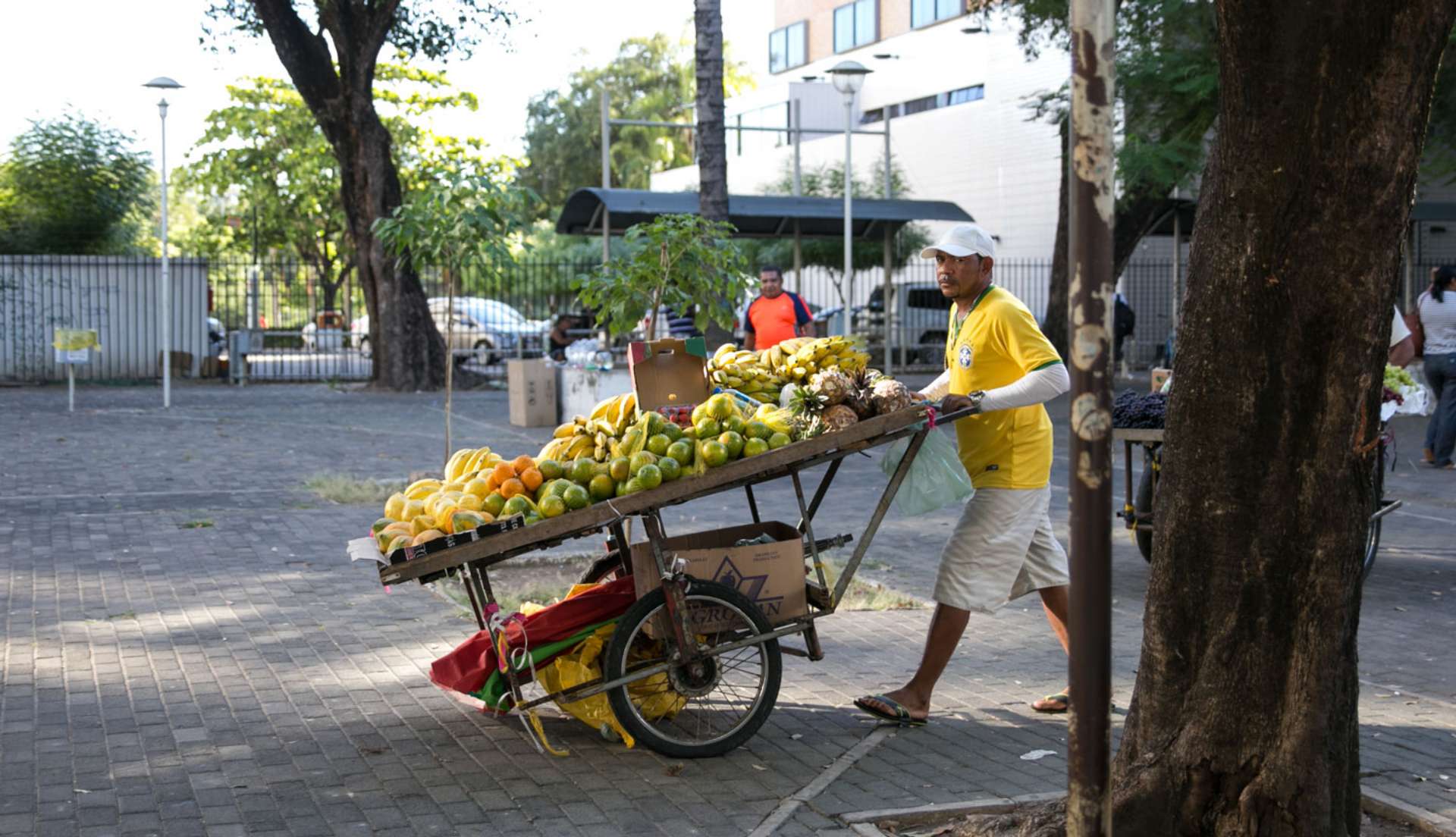Priority 2
Ecosystem Balance
Numerous factors contribute to the ecosystem imbalance in Teresina, namely: the global warming and greenhouse effects, and pollution. Locally, some of the major causes are rapid urbanisation, disposal of toxic waste in water bodies, soil erosion, deforestation, agricultural practices among others.
The effects of this issue are becoming quite evident in Teresina through various events, mainly biodiversity loss, and insects, animals and plants infestation which in turn caused both marked public health problems and considerable socio-economic impacts.
1. Environmental pollution
Soil and rivers contamination.
Between 2001 - 2019, the urban perimeter in Teresina has lost approximately 40% of its tree cover.
Between October 2019 and October 2020, 385 fires were identified in Teresana by satellite imagery.
On the local level, Teresina is currently in the bidding process for the development of its Climate Action Plan which will incorporate the construction of trend scenarios, mitigation strategies and adaptation to the impacts of climate change.
2. Insects, animals and plant infestations





























